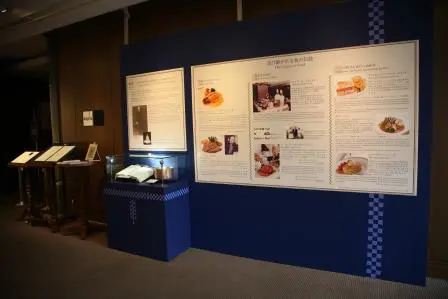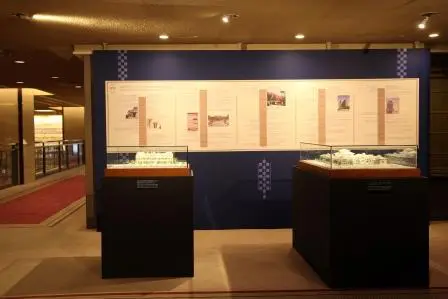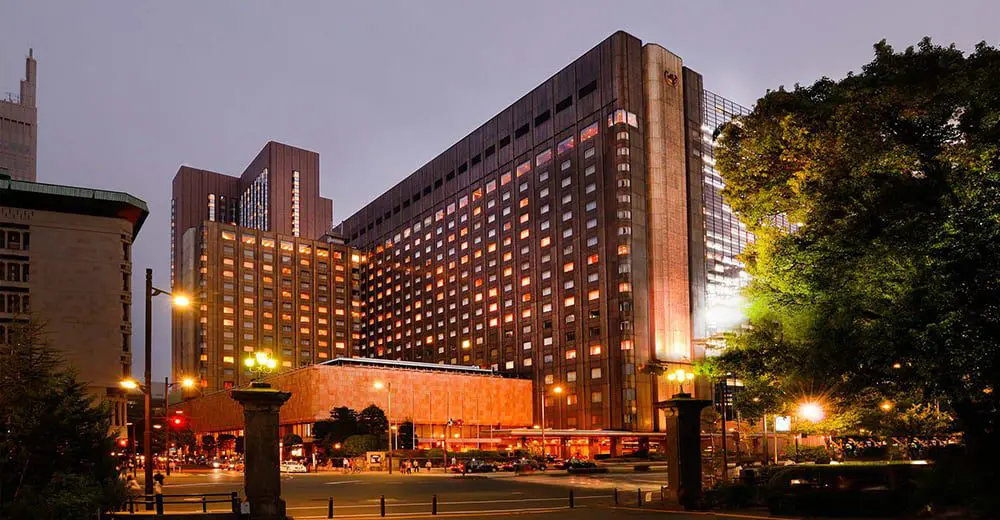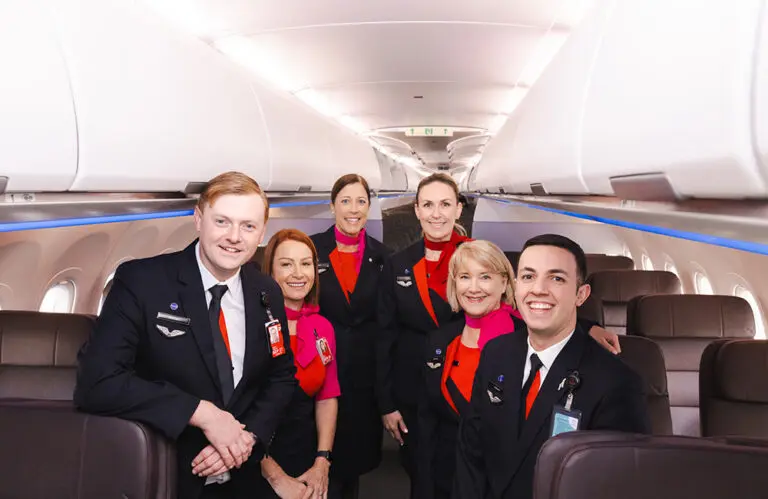Tokyo is filled with luxury properties that you can also find in every other major city on earth, and while these are all first-rate brands, none of them symbolise Japanese culture.
When you stay at these places, recognisable by design and style of service, you enjoy a first-rate international experience. But you might as well be in be in Hong Kong, Bangkok, Shanghai, London, or Paris.
If you want to feel that you’re in Japan, from the moment you check in, a few Japanese-owned properties, established long ago, offer you the chance.
None do so more than the Imperial Hotel. Located within walking distance of the Imperial Palace, the property was the among the first in all of Japan not just to emulate western culture, but to create a cultural framework in which Japanese values—and vibe—are fundamental to the hotel’s way of taking care of guests.

Through March 31st, 2016, the hotel has on display throughout its main building an exhibition of its history.
The location only—proximate to the residence of the emperor—makes that clear.
2015 marked the 125th anniversary of the Imperial, and muted celebrations continue through early Spring, 2016.
When it first opened in 1890, during the Meiji period, the hotel was part of a national effort: To compete and surpass western technology and social advancements. This included, naturally, the development of luxury hotels that would exist alongside the traditional Japanese ryokans (inns). The Imperial was Japan’s first western style luxury hotel.
Frank Lloyd Wright was hired to improve upon the property’s initial neo-Renaissance architecture, and in 1923 he was in charge of a remarkable art deco renovation that somehow survived the great Kanto earthquake that year as well as the wartime bombings of the 1940’s. The original Wright structure was demolished in 1968, but the current lobby is a replica of his work.

Imperial Hotel
The hotel claims to have been in continuous operation through earthquakes, war, and regime change: After the second world war, it was HQ for senior U.S. officers.
What makes the hotel unique is its Japan-ness: While it looks western, it feels Japanese. What this means is a floor staff that is about one hundred percent Japanese—you can expect traditional bows, anticipatory service, a reserve in how people relate to guests such that respect for the guest is more apparent than ebullience. It also means that the executive floors have kimono-clad attendants who greet you with tea and sweets in your room, and are available during your stay as concierges. And, overall, it’s quiet. Very quiet. Unlike western hotels, even luxury ones, the public spaces of the Imperial are filled with whispers.
Restaurants within the hotel offer a range of cuisines—French, Japanese, Chinese, North American—but it’s the old Imperial bar where you’ll find a blend of cultures. A dark room that is filled with Frank Lloyd Wright memorabilia, it’s a classic, old school setting that wouldn’t be out of place in a film noir. But here’s the difference: Ten Japanese whiskies—especially rare as of 2015 due to a worldwide shortage—are available.
When you sit back in one of the bar’s big leather chairs and sip one of these, poured over a single and huge square of ice, you may wonder where you are. The whisky tastes as if it made in the West and the decor looks Western, but all around you can feel the vibe of Japan: Very slow, very serene, suggestive rather than declarative.
Through March 31st, 2016, the hotel has on display throughout its main building an exhibition of its history.







